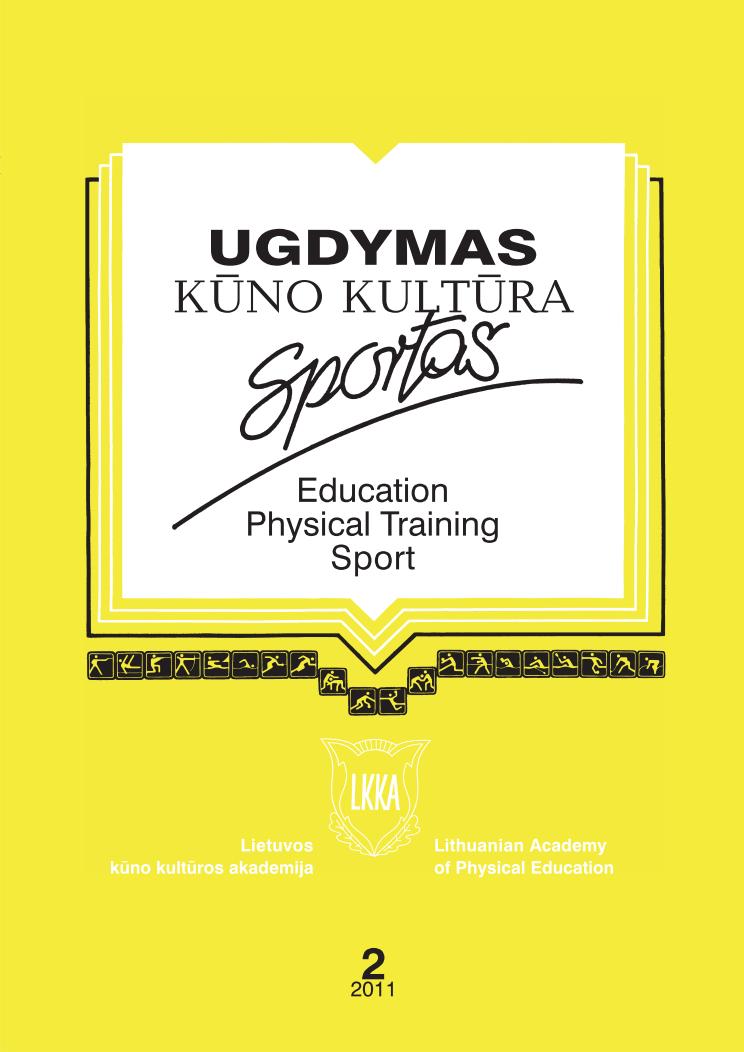The Influence of Short-Term Occlusion on Dynamics of Arterial Circulation in Calf Muscles
Abstract
Research background and hypothesis. KAATSU training is a method based on workout in a local hypoxic
environment. For the justifi cation of its a detailed vascular response to circulatory disturbances is required.
Research aim. The aim of this study was to investigate the peculiarities of reactive hyperaemia depending
on the duration of occlusion and preliminary fi lling with blood of the occluded limb.
Research methods. Arterial blood-fl ow intensity was measured by vein-occlusion plethysmography after
1, 2, and 3 minutes of occlusions. When the occlusion cuff was quickly infl ated with air above 250 mmHg, the
amount of blood in vessels was close to the conditions of physiological norm. While the leg was lifted above the
heart level for 30 seconds, the amount of blood in the calf decreased. A slow blowing the air into the cuff created
a situation when the amount of blood in vessels had increased before the blood-fl ow was arrested.
Research results. The peak blood-fl ow in the reactive hyperaemia phase depends on the duration of the
occlusion and on the degree of fi lling with blood of segment under occlusion. The peak blood-fl ow readings were
registered after occlusions conducted when the amount of blood in the limb had decreased before the occlusion
and the lowest blood-fl ow readings was registered after occlusion done with the increased fi lling of vessels.
Discussion and conclusions. The initial fi lling of vessels with blood or the degree of tension of endothelial
cells of vascular wall is the most signifi cant infl uence on blood fl ow activation after short-term occlusions.
Keywords: blood flow arrest, reactive hyperaemia, occlusion plethysmography.
Downloads
Published
Issue
Section
License
Copyright (c) 2018 Baltic Journal of Sport and Health Sciences

This work is licensed under a Creative Commons Attribution 4.0 International License.






